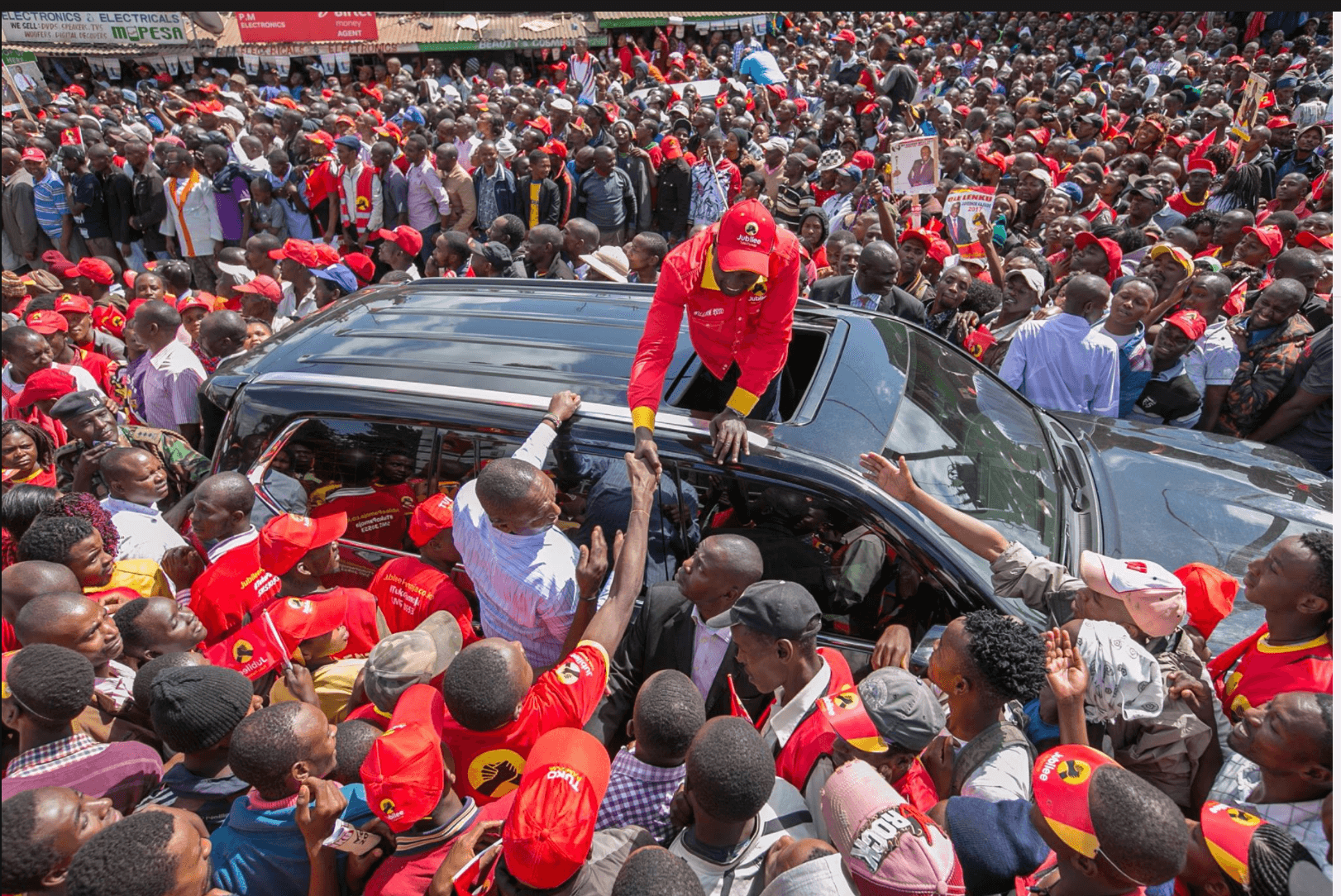Last week, a top election official in Kenya went missing. Days later, his tortured and murdered body was discovered. Chris Msando was the IT manager for the country’s independent election commission in charge of Kenya’s electronic voter rolls and voting system. His brutal murder is unsolved — but to many this incident just a week before the election is a harbinger of violence to come.
On August 8, Kenyans will go to the polls in a presidential, parliamentarian and local elections. A decade after the deadly 2007 election that saw more than 1200 people killed and an estimated 600,000 displaced, questions remain about the ability of the country to hold peaceful elections. Despite institutional gains since 2007, current conditions in Kenya point to a tense election and it is unclear if the country’s political system can fully take it on.
The Legacies of 2007…
Despite the infamy the 2007-08 election now has in Kenyan politics, the fact is that every election since Kenya’s first multiparty contest in 1992 has been marred by a degree of political violence. However the scale of the violence in 2007 and Kenya’s growing international economy made reform a necessity.
As part of the power-sharing agreement brokered by Kofi Annan between the main political parties, the Independent Review Commission (IREC) was set up to examine the conduct of the actual election. It found serious flaws throughout the electoral system, leading to the dramatic conclusion that it didn’t matter whether vote rigging occurred at the national level the system was so corrupted by widespread fraud and anomalies to make any final result un-credible.
The IREC also released its far-reaching recommendations on how to fix these shortcomings. The government has not followed through on all the recommendations, but a new constitution in 2010 cemented devolution and transferred more power to the local and county level. As a result, although the 2013 polls were not without incident, it passed relatively peacefully under the watchful eye of the international community and Kenyan civil society.
But devolution has not fixed all of Kenya’s political problems, and in some cases may serve to inflame pre-existing tensions. Politics remains a zero-sum contest and the new power of county governors means a new framework for patronage and ethnic power gains. The intra-party primaries in April put this new dynamic on display as several nomination processes ended in chaos and violence. With power more evenly distributed, who gains the nomination has become just as important as which party ultimately wins a majority.
And beyond the actual competition are numerous challenges facing the Kenya’s Independent Electoral and Boundary Commission (IEBC). Set up as part of the new 2010 constitution, the IEBC is supposed to provide independent and impartial oversight for all elections. But court challenges and accusations of bias have plagued the IEBC since its inception. The lack of transparency and multiple missed deadlines on setting up the election have further hurt its credibility ahead of the polls. It also further casts doubts on its ability to handle a close or contested outcome.
…and the Realities of 2017
As with all elections, there are basic realities of the times that impact the campaigns. The ongoing drought in East Africa has hurt food security throughout the country, driving up food price and fueling inflation. International food organizations estimate 2.6 million people are facing crisis levels of food insecurity and the UN estimates that nearly 40,000 Kenyans had been displaced due to drought by the end of June. With below average rainfall in July, the Famine Early Warning System Network is predicting those numbers will get higher in August as more Kenyan households exhaust what resources they have. As a result, basic survival has become a keystone issue in the election along with the normal political fault-line of land rights and corruption.
Dissatisfaction with the slow response to the drought and food emergency by President Kenyatta’s ruling Jubilee party along with stories of corrupt politicians and businessmen profiting from the food shortages have fueled opposition campaigns, while anonymous ads against the election of the primary opposition candidate Raila Odinga have appeared on platforms such as YouTube and Twitter. As with the recent elections in the US and France, “fake news” and data mining have come to Kenya but it remains unclear what impact it will have.
To many observers, all of this – a weak IEBC, more focus on power grabbing at the local and county level, the growing humanitarian crisis, and the normal zero sum approach to presidential politics – is shaping into a perfect storm that could harm the democratic credibility Kenya gained back after the uneventful election of 2013. In the end who wins is not really the story, so much as the reaction of who loses. That is the part of the democratic process Kenya has struggled with since 1992.
If Kenya does escape election violence with the August 8 polls, that will be a major step in the right direction as Kenya has never had two relatively peaceful elections in a row. It will also highlight the institutional gains the country has made since 2007, even if there is obvious room for improvement.
As Kenyans get ready to vote, the Kenyan Red Cross released its election contingency plan last month, noting that many of the underlying conditions that led to violence in 2007 have yet to be addressed. Even though everyone hopes such violence will not come to pass, organizations like the Kenyan Red Cross are putting itself in position to help those impacted by violence, just in case it does.
